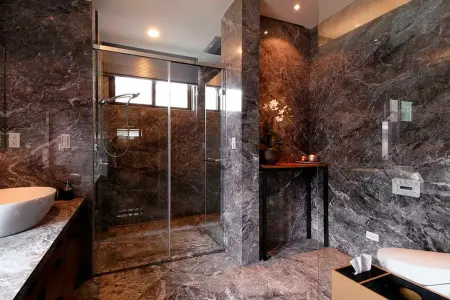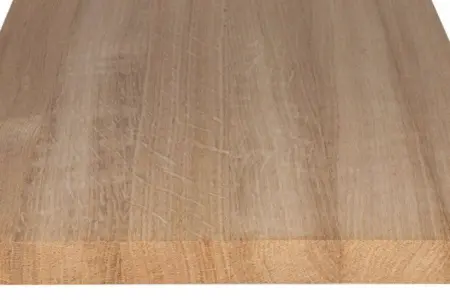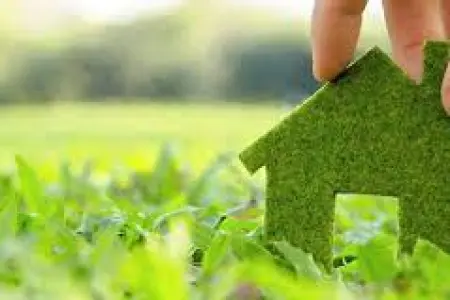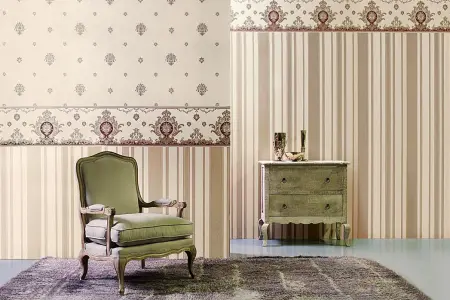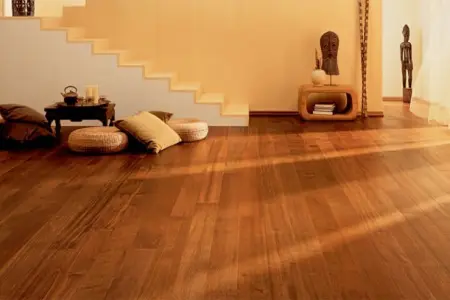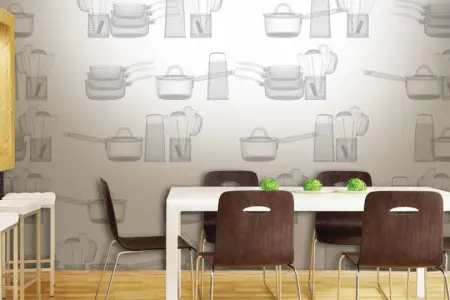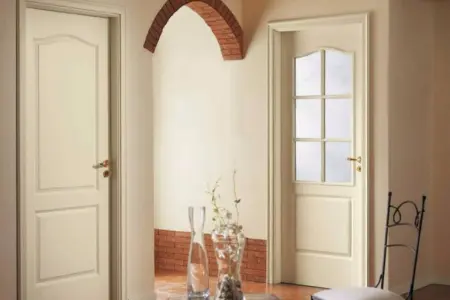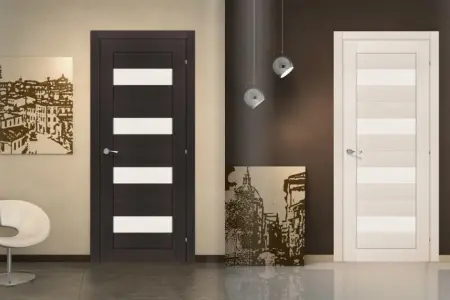As the world increasingly focuses on sustainability, the construction industry is undergoing a significant transformation. Eco-friendly construction materials are at the forefront of this change, offering a way to build responsibly while minimizing environmental impact. This article explores a variety of sustainable materials and practices that are shaping the future of construction.
Exploring sustainable construction materials:
- Eco-friendly foundations. Green building starts with sustainable materials. Eco-friendly construction materials such as recycled steel, bamboo, and reclaimed wood not only reduce waste but also conserve natural resources. These materials provide a strong, durable foundation for buildings, all while reducing the carbon footprint.
- Innovations in insulation and paints. Energy-efficient insulation materials, such as sheep's wool or recycled denim, help to reduce energy consumption by keeping buildings warmer in winter and cooler in summer. Similarly, low-VOC (volatile organic compounds) paints and coatings promote healthier indoor air quality, making them a preferred choice for green builders.
- Natural and recycled elements. Natural building materials like stone and clay have minimal processing and environmental impact. Additionally, the use of recycled materials like glass and plastic in construction is on the rise, turning waste into valuable building components.
- Solar solutions and water conservation. Solar materials are revolutionizing the way we power our homes and buildings. Solar panels and solar tiles are becoming more accessible, providing clean, renewable energy. Water-saving technologies, including rainwater harvesting systems and low-flow fixtures, are becoming standard in eco-conscious construction projects.
- Living green. Biodegradable materials and living green walls or roofs not only enhance a building's aesthetic but also contribute to biodiversity and better air quality. These living elements create a symbiotic relationship between the built and natural environments.
The shift towards eco-friendly construction materials is more than just a trend; it's a necessary step towards a sustainable future. By embracing these materials and technologies, the construction industry can significantly reduce its environmental impact and create healthier, more sustainable living spaces. As we continue to innovate and explore new ways to build, the potential for green construction is limitless, offering a promising path for both the industry and the planet.


